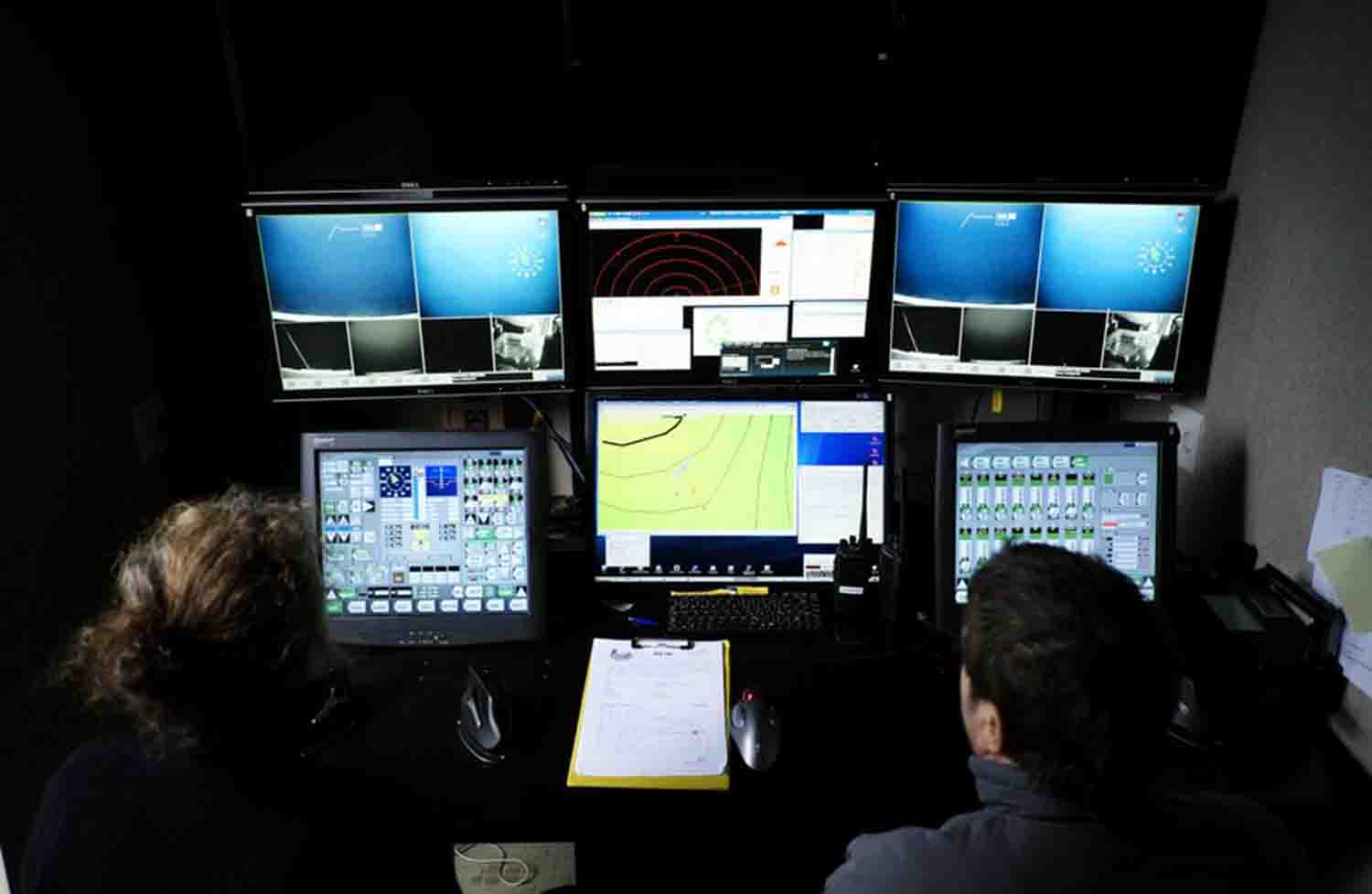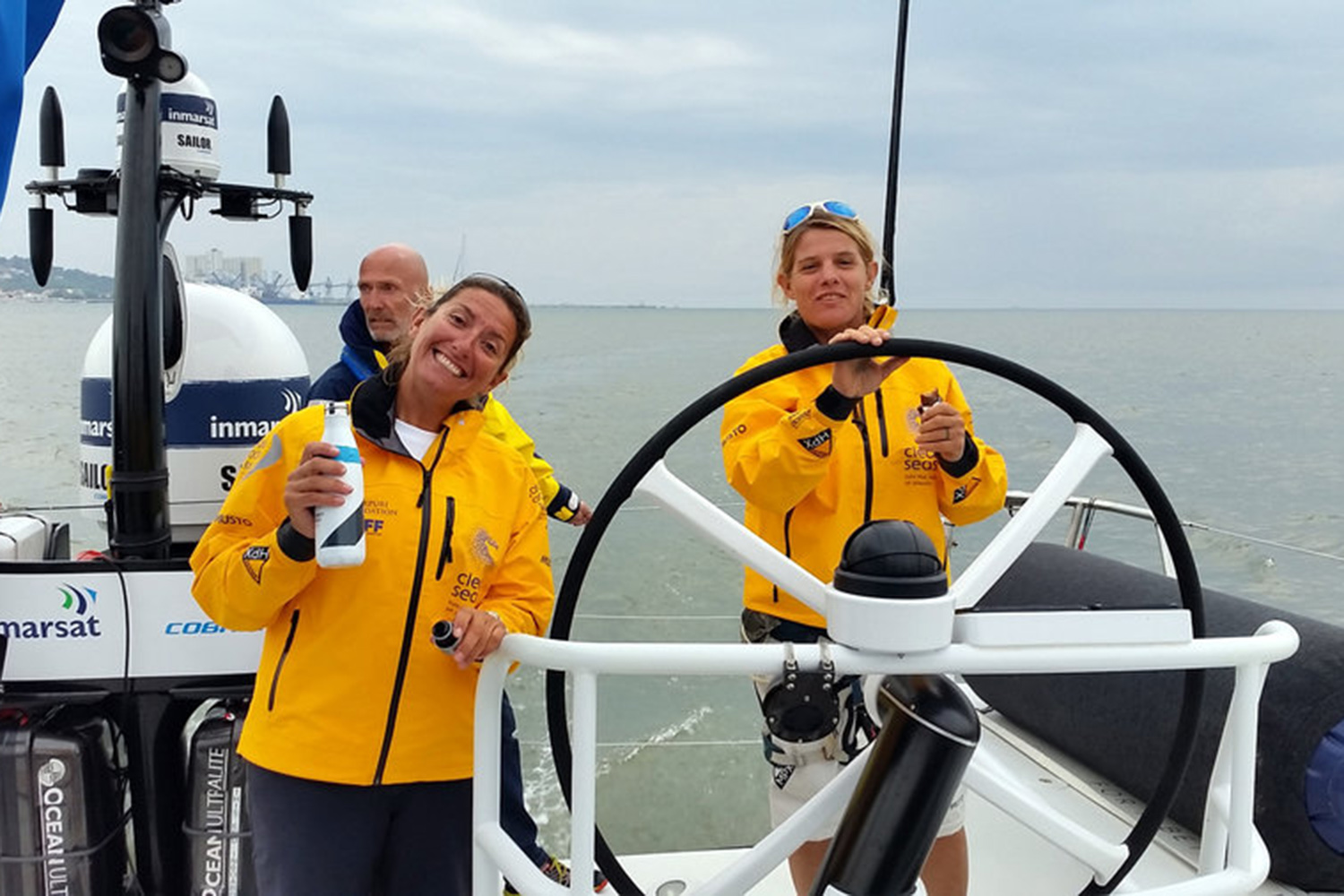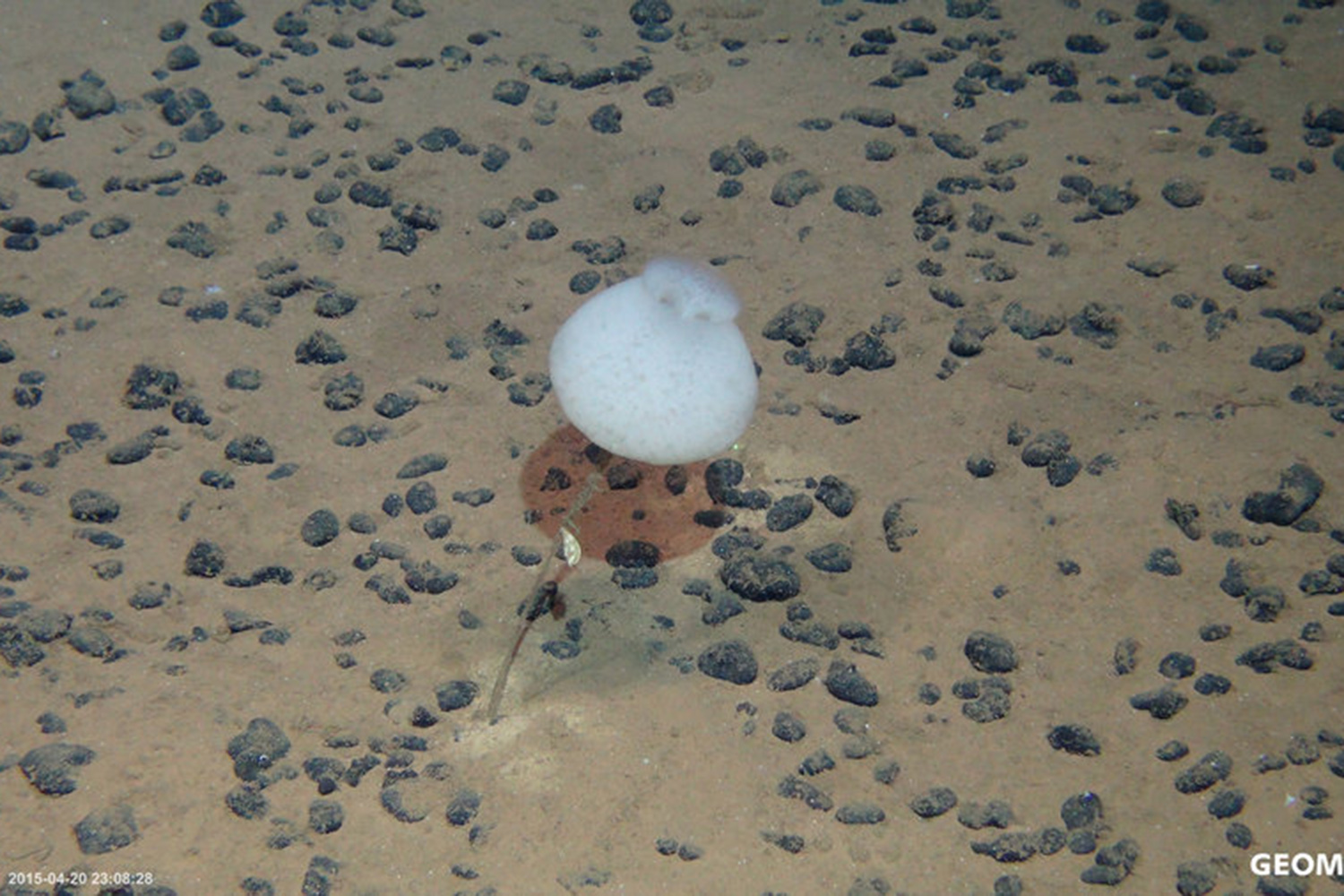New sensor for underwater use in the sea and inland waters
Based on a new infrared technology, a submersible sensor for underwater use will be developed which can prove and quantify a broad range of dissolved substances at the same time. First laboratory tests have shown that single gas measurements are already possible in a low concentration range. Together with a consortium consisting of different research institutes and industrial partners, a marketable product is now to be developed. Potential areas of application would be the exploration of gas and oil fields as well as monitoring of the tightness of pipelines. Another area of application within environmental and climate research could be the monitoring of oceans and inland waters. Responsible for the project are Prof. Dr. Hermann Bange and Dr. Roberto Benavides from the research area "Marine Biogeochemistry".
Panaromic view for the pilots of diving robots
The second successful GEOMAR project will further develop a system for the visualization of the environment during the use of diving robots. The new system will provide the pilots of such diving equipment with three-dimensional, high-resolution full all-round visibility so that their situational awareness is significantly increased. Through these measures, the work safety during use, the efficiency and the productivity will be increased. At the same time, the operating costs and the downtime of expensive diving campaigns, for example during oil and gas exploration or the examination of underwater structures of drilling rigs, platforms and offshore wind turbines, will be considerably reduced. "The system is mainly based on the fusion of sensor data from different camera systems, laser scanning and a new lighting technology based on patented underwater LED technology," explains Dr. Tom Kwasnitschka from GEOMAR.
Wide range of applied research at Helmholtz
"We provide important support to our researchers with the Helmholtz Validation Fund in order to promote the findings of their work until they are ready for the market," says Otmar D. Wiestler, president of the Helmholtz Association. "That is an important part of our mission. Therefore, we are strongly involved in a series of funding measures at this point." Until the year 2020, almost 30 million Euros from the Initiative and Networking Fund of the President are available for the validation projects. In addition to this fund, the Helmholtz Centres contribute with a similarly high amount to the innovative proposals.
With the selected proposals, a total of 34 HVF projects been started since the introduction of these funding measures in 2011. "The projects of the current funding round again demonstrate the wide range and diversity of the applied research at Helmholtz," says Otmar D. Wiestler. "We are key actors in science and indispensable partners for the economy with our system expertise and our interdisciplinary approach."
Links:
www.geomar.de GEOMAR Helmholtz-Zentrum für Ozeanforschung
…



